EDITORIAL
Published on 20 Nov 2020
Editorial: About the Relevance of Snow Microstructure Study in Cryospheric Sciences
doi 10.3389/feart.2020.619509
- 1,005 views
6,056
Total downloads
35k
Total views and downloads
EDITORIAL
Published on 20 Nov 2020
ORIGINAL RESEARCH
Published on 16 Sep 2020
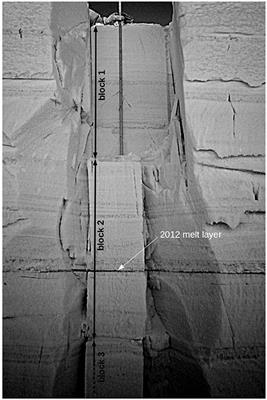
METHODS
Published on 10 Jun 2020
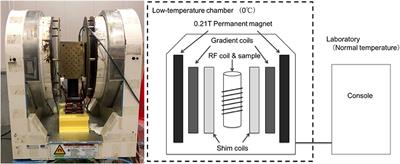
ORIGINAL RESEARCH
Published on 29 Apr 2020
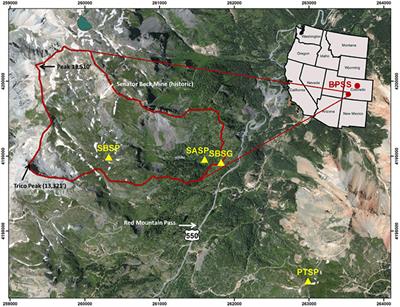
ORIGINAL RESEARCH
Published on 17 Apr 2020
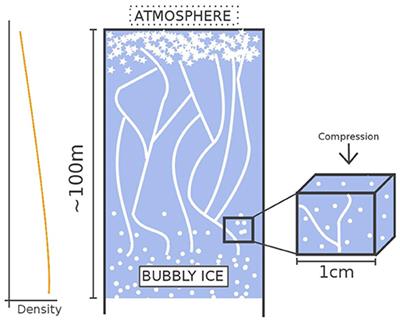
ORIGINAL RESEARCH
Published on 19 Mar 2020
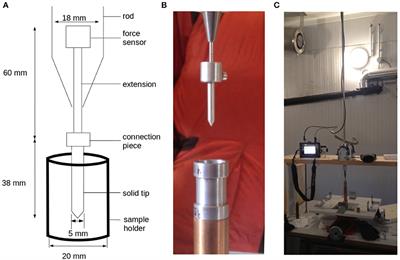
ORIGINAL RESEARCH
Published on 19 Feb 2020
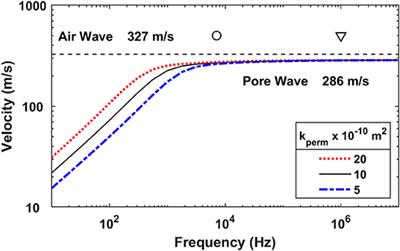
ORIGINAL RESEARCH
Published on 12 Feb 2020
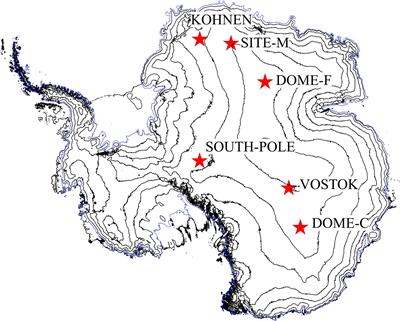
ORIGINAL RESEARCH
Published on 22 Jan 2020
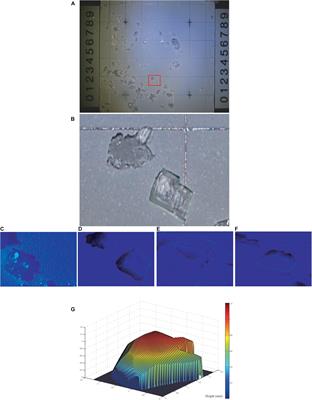
ORIGINAL RESEARCH
Published on 06 Sep 2019
